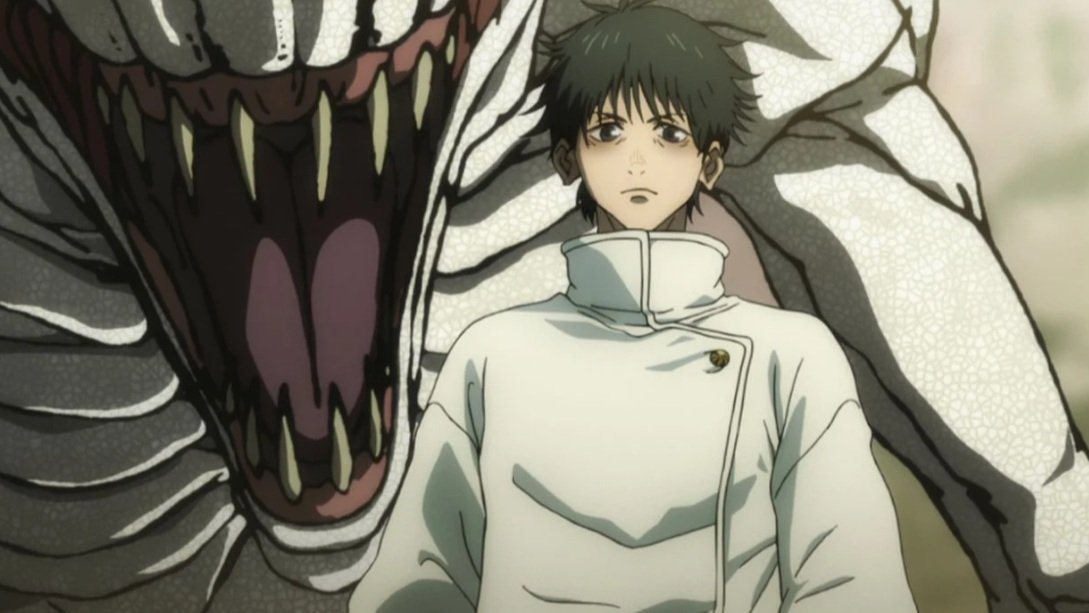Texas Chainsaw Massacre (2022)
It’s hard to call the original Texas Chain Saw Massacre underrated by any stretch, but arguably its most effective scene is rarely brought up in modern horror circles. When Pam (Teri McMinn) seals her fate by entering the Sawyer household, she stumbles across the family’s living room and finds a horrifying scene. The feather-covered room is decked in furniture made of bones, some animal and others clearly human. While the room itself is bright and clean of any blood, Pam and the audience find out a horrifying truth—a massacre has happened, and what is in the house is all that remains of the survivors.
This quiet terror is all but thrown away for David Blue Garcia’s Texas Chainsaw Massacre, the newest requel of the franchise, released on Netflix. Teenage Lila (Elsie Fisher) is visiting the ghost town of Harlow, Texas, with her sister Mel (Sarah Yarkin), Mel’s business partner Dante (Jacob Latimore), and his girlfriend Ruth (Nell Hudson). Their presence draws the ire of the remaining townsfolk, including Ginny (Alice Krige), who dies of a heart attack after being forced out of her home. Unbeknownst to the new arrivals, Ginny was taking care of Leatherface (Mark Burnham), who begins lashing out in retaliation. He’s not the only returning character from the original either, as Sally Hardesty (Olwen Fouéré) wants to put an end to Leatherface’s reign of terror once and for all.
When typed out like this, it is an interesting premise that could even be as thought-provoking or metaphorically sound as the original. Unfortunately, that would require a sense of subtlety, something that the film repeatedly shows it doesn’t have. A plotline involving a party bus of investors that arrive in Harlow is the most egregious example of this, as they represent the bulk of the film’s message against gentrification. We see the millennial investors bet on abandoned buildings and barbecuing in the town square as they hope to “change” the town for the better.
There is a prevailing statement about gentrification that ultimately nothing changes, except for increasing the gap between the haves and the have-nots. However, for anyone who has experienced gentrification play out in real-time, it doesn’t happen in an instant like the film attempts to convey. It’s a slow and laborious process that takes its time displacing locals, whether physically or financially. Showcasing the idea of gentrification the way that Massacre does demonstrates a fundamental misunderstanding of what it actually is, all while smugly pretending it does.
This brings us to the other reason why this group of millennials is in the film—to be fodder for Leatherface’s impending slaughter. While it might seem fun that a group of annoying people gets viciously brutalized by a chainsaw-wielding maniac in any other film, it is ironically cheap and lazy in Massacre. Going back to Pam’s discovery in the original, the audience is told through scenery and context clues that the Sawyer family were serial killers. This didn’t have to be spelled out for the audience through graphic kills. The titular killings have already happened, only memorialized through taunting displays made by the murderers, and this aftermath where the victims are all but forgotten will always be more haunting than the prolonged screams and shrieks of people seconds away from death.
This is what ultimately makes Massacre not only a bad follow-up to one of the best horror films of all time but a bad horror film period. While the image of people being brutalized by a chainsaw is scary, there is no weight or impact to its kills other than cheap attempts at discomfort. The film desperately wants you to feel scared by the viciousness of Leatherface but everything about his conquests feels devoid of any real terror. He’s simply not the menacing figure he’s made out to be, although that isn’t the fault of Burnham, whose physicality does provide an air of danger to the character. The problem is the fact that he’s clumsily written as both a gentle giant and a maniacal killer, two characteristics that are never fully elaborated on in an attempt for Garcia to have his cake and eat it too.
Amidst the misguided social commentary and lazy attempts at forcing viewers to be scared, there are glimmers of potential that frequently shine through in the finished product. Lila easily climbs her way up to become one of the franchise’s best survivors with Fisher’s committed performance, while the reemergence of the original’s complicated sibling dynamic is fairly well-executed. Even if the dialogue seems ripped straight from the worst Twitter thread you’ve ever read, the core group of survivors has a fun dynamic among each other that only slightly saddens their demise.
There is a lot that can be discussed regarding Massacre: its handling of Sally, the random switches between good practical gore and bad CGI bloodshed, the erasure of Drayton and Nubbins Sawyer, and that bizarre ending are all among such topics. However, that would require an amount of thought that the film ultimately doesn’t deserve. While it’s no secret that the series has had many additions that don’t live up to the original’s quality, it shouldn’t be an unrealistic ask from fans for its requel in 2022 to finally understand the fundamental appeal of Texas Chain Saw Massacre. This isn’t a case of toxic fan entitlement that Scream parodied just a month prior to this film’s release, it’s a plea for a long-running franchise to get its act together before the legacy of the original gets overshadowed by what came after it, because as over-dramatic as this might sound, that could be a real possibility.






























